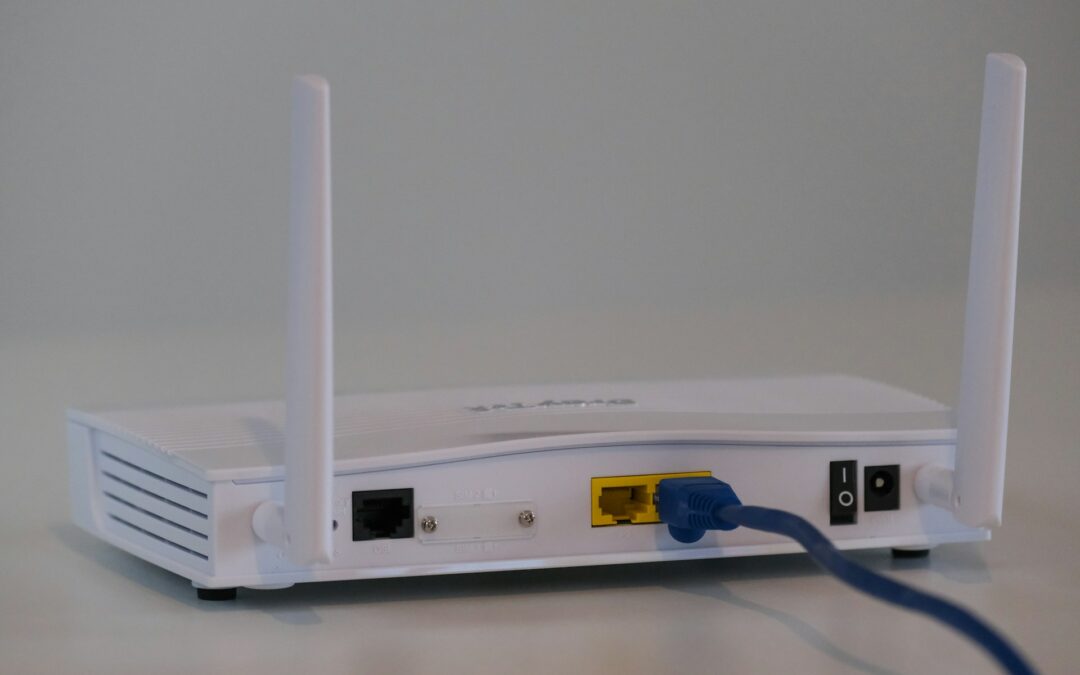Dead zones can be a big limitation for businesses trying to run smoothly. These are spaces inside your building where Wi-Fi starts to drop off, phone calls get patchy, or system devices just stop connecting as they should. It’s easy to assume this kind of thing only happens in older buildings or huge facilities, but that’s not always true. Even modern offices with newer equipment can have these trouble spots. In places like Boston, where a mix of old construction and new tech meet, it’s pretty common to run into this problem without even knowing it.
When your network skips a beat, so does your workflow. Maybe a payment system freezes up during a rush. Maybe your team can’t upload files or access shared drives fast enough. Or maybe customer service calls get choppy in certain areas. These aren’t just annoying — they affect daily business whether you’re a retail store, healthcare office, or service-based company. So it helps to understand why dead zones happen and what you can really do to get rid of them for good.
What Causes Dead Zones in Commercial Networks
Dead zones don’t just show up. They exist because something is getting in the way of your network doing its job. The causes could be a mix of structure, equipment, or design issues. You don’t need to be an expert to spot them, but knowing what leads to dead zones can help you recognize what kind of fix might be needed.
Here are some common reasons dead zones show up in business networks:
1. Physical Obstructions
Things like thick walls, concrete, metal framing, or even old pipes can block or weaken your wireless signal. The more barriers between your devices and your network gear, the worse the connection gets. Offices and shops in older buildings across Boston often deal with this due to their structure.
2. Interference from Other Equipment
Other electronics, especially ones that send out signals, can clash with your network. Microwave ovens, wireless phones, Bluetooth speakers, and even copy machines can cause interference. It doesn’t always knock out your system, but it might make loading websites or apps painfully slow.
3. Poor Network Layout
Sometimes the problem isn’t with the building or the gear — it’s where everything is placed. Maybe the router is stuck in a back closet or behind a thick wall that traps the signal. Without a smart setup, you’re bound to get patchy coverage. In Boston and other parts of New England, where floor plans vary widely, this happens more than most people realize.
For example, a restaurant in Boston running cloud-based servers may deal with dead spots around the kitchen and storage area. If a point-of-sale tablet loses connection, the staff may need to write orders manually. That’s not just annoying; it’s a design issue that hurts daily operations.
Dead zones don’t mean your equipment is bad. It often means the network just isn’t laid out to support how your team actually moves and works. That’s where a few smart changes can start to make a big difference.
Solutions to Eliminate Dead Zones
Once you know what’s causing dead zones in your building, you can start fixing them. The right fix depends on how your space is set up and how your team uses it. For Boston businesses working with unique layouts or older structures, getting better coverage can have a big impact on both productivity and customer experience.
Here are a few tools and ideas to consider:
1. Network Extenders and Repeaters
These tools can boost the signal between your main router and areas with weak coverage. They’re good for long or broken-up spaces where the signal fades the farther you go. A repeater placed halfway between your router and a problem spot can quickly fill in the gap.
2. Mesh Wi-Fi System
If your business has several floors or thick walls, a mesh system might provide the most reliable results. These systems use several connected nodes to spread Wi-Fi evenly throughout your space. That means fewer weak connections and a better flow, even if traffic picks up.
3. Upgrading Equipment
In many cases, old gear just isn’t up to the job. Newer routers handle more traffic, manage interference better, and come with smarter tech that keeps your coverage even across larger areas. Businesses using outdated equipment may see big improvements by simply updating their devices.
At a medical practice in downtown Boston, staff complained about lagging calls and slow access to shared files. Once they upgraded their routers and installed a mesh system across three floors, everything changed. Video calls stopped freezing. File uploads sped up. The entire team spent less time troubleshooting and more time seeing patients.
You don’t always need a full overhaul to fix dead zones. But a few focused upgrades based on your space and staff can make a big difference in the way your network supports the work you do.
Benefits of Eliminating Dead Zones
Fixing dead zones doesn’t just keep the Wi-Fi from dropping out. It makes your whole setup more reliable from end to end. When your network reaches every corner of the workplace, your team and technology can finally keep up with your business demands.
There are lot of gains that come with strong, complete coverage:
– Reliable Operations: From scanners in the warehouse to tablets in a coffee shop, steady signal keeps tools running without delays or errors.
– Happier Staff and Customers: Teams stay focused because they aren’t chasing signals. Customers move through your systems without hold-ups or awkward pauses.
– Stronger Communication Tools: Video conferencing, cloud software, and group chat apps all work better when bandwidth is strong across every room.
– Fewer Disruptions: You don’t need to pause to restart machines or reload files. Work happens when and where it’s supposed to, without surprises.
Dead zones don’t just cause tech problems. They lead to slow reports, missed calls, and bothered customers. Cleaning up those dark spots adds speed and certainty back to your day.
Maintaining Strong Network Coverage
Fixing your coverage is just the first step. Keeping that coverage steady takes follow-up. As your business evolves — whether from layout changes or new tech — your network will need tweaks to stay solid.
Here are a few smart habits that can help keep your connection running right:
– Monitor Performance Regularly
Keep track of how your network performs at different times of day or year. Sometimes signals shift slightly when HVAC systems run heavy or external conditions change. Watching for patterns means you can fix small problems before they slow you down.
– Recheck Equipment Placement
Moved desks or added new furniture? Those changes might mess with your signal. Review where your routers, extenders, and access points are placed to make sure your setup still makes sense for the flow of your team.
– Schedule Professional Assessments
A certified tech can spot holes you might miss. Periodic reviews can help uncover gear that’s outdated, reduce interference, and optimize your whole layout before issues cause bigger disruptions.
Like your heating or lighting, your network should be reviewed now and then to make sure it works like it should. Staying on top of it gives both your staff and your customers a smoother experience every time they connect.
No More Dead Zones, No More Guessing
Dead zones aren’t just random glitches — they’re signs your network setup needs a tune-up. When messages don’t send, calls drop, or devices slow down, your day gets off track. But it doesn’t need to be that way.
For businesses across Boston, where historical architecture meets modern tech, network dead zones aren’t anything new. But that doesn’t mean they’re something you have to live with. The right equipment upgrades, layout strategy, and expert support can turn weak spots into strong ones.
A connected workspace means fewer headaches, smoother operations, and more time spent focused on what matters. With the right setup, your team stays productive and your customers keep coming back.
Now you’re one step closer to getting your network right where it needs to be.
To make sure your business runs as smoothly as possible, addressing dead zones should be a priority. Streamline your operations and keep everything connected by staying on top of your network in the infrastructure. For expert help and solutions that can transform your setup, trust ASCIO Wireless to keep your systems running strong and your team focused on what they do best.

